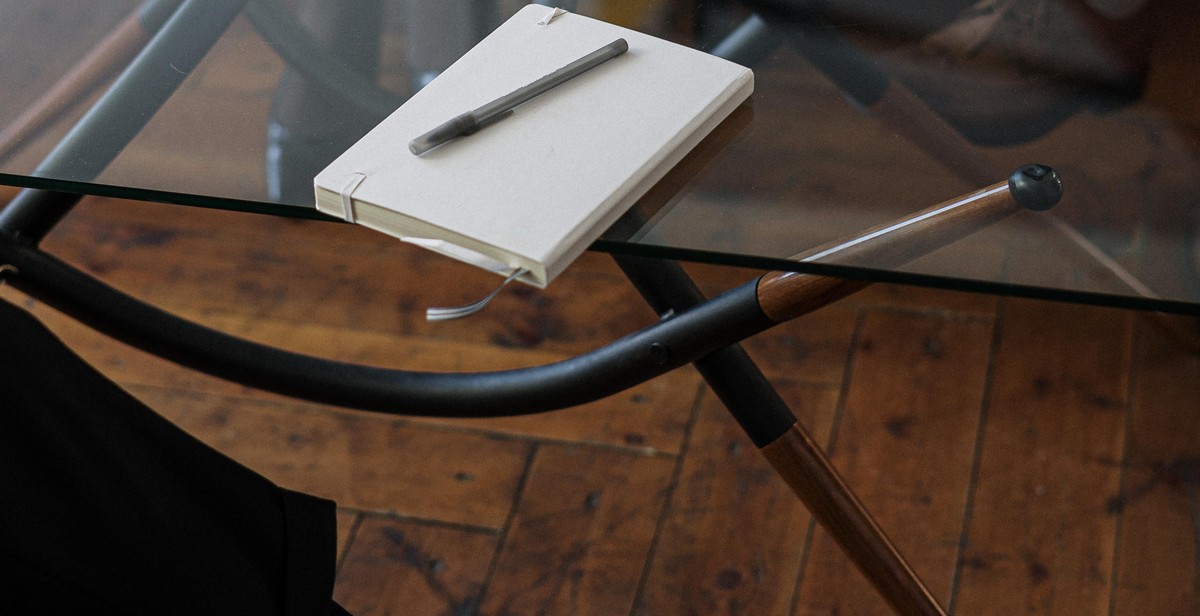How to Play the Trumpet: Beginner’s Guide to Lip Buzzing and Fingerings
If you are looking to learn how to play a musical instrument, the trumpet is an excellent choice. It is a brass instrument that produces a bright and powerful sound and is commonly used in jazz, classical, and marching band music. Playing the trumpet requires a combination of lip buzzing and fingerings, and with practice, anyone can master this instrument.
Why Learn to Play the Trumpet?
Learning to play the trumpet has many benefits. Firstly, it is a great way to express yourself creatively and develop your musical abilities. It also improves your lung capacity and breathing technique, which can benefit your overall health. Playing the trumpet can also help to boost your confidence and self-esteem, as you develop your skills and perform in front of others.
Additionally, playing the trumpet can lead to many opportunities. It is a popular instrument in many different styles of music, and there is always a demand for skilled trumpet players. Whether you want to join a band, play in an orchestra, or pursue a career in music, learning to play the trumpet can open many doors.
In this beginner’s guide, we will cover the basics of playing the trumpet, including lip buzzing and fingerings. We hope that this guide will help you start your journey towards becoming a skilled trumpet player.

Getting Started: Beginner’s Guide to Playing the Trumpet
Choosing the Right Trumpet
Before you start playing the trumpet, it is important to choose the right one for you. There are different types of trumpets available, including Bb trumpets, C trumpets, and piccolo trumpets. Bb trumpets are the most common and are a great choice for beginners. When choosing a trumpet, make sure to consider factors such as your budget, skill level, and the type of music you want to play.
Assembling the Trumpet
Once you have chosen your trumpet, it’s time to assemble it. Start by attaching the mouthpiece to the leadpipe and then connect the leadpipe to the trumpet’s main body. Then, attach the tuning slide and the valve slides. Make sure to oil the valves before playing to ensure smooth movement.
Proper Posture and Breath Control
Before playing the trumpet, it’s important to have proper posture and breath control. Sit up straight with your feet flat on the ground and hold the trumpet with both hands. Make sure to keep your shoulders relaxed and your elbows close to your body. When playing, take deep breaths from your diaphragm to ensure a steady and controlled sound.
Remember, learning to play the trumpet takes time and practice. With the right equipment, posture, and breath control, you’ll be on your way to mastering this beautiful instrument.

Lip Buzzing
One of the most important techniques a beginner trumpeter needs to learn is lip buzzing. Lip buzzing is the foundation of playing the trumpet and is essential for developing a strong embouchure.
What is Lip Buzzing?
Lip buzzing is the act of buzzing your lips together without the use of the trumpet mouthpiece. This technique is used to develop the muscles in your lips and to help you produce a clear and consistent sound on the trumpet.
How to Lip Buzz
To lip buzz, start by relaxing your lips and buzzing them together. You should feel a vibration in your lips and a buzzing sound. It may take some practice to get the hang of it, but keep at it and you’ll start to feel your lips getting stronger.
Once you’ve mastered the basic lip buzzing technique, try buzzing on different pitches. Start with a low pitch and gradually work your way up to higher pitches. This will help you develop your range and improve your overall playing ability.
Exercises to Improve Lip Buzzing
There are several exercises you can do to improve your lip buzzing. One of the most effective exercises is to buzz on a mouthpiece. Start by buzzing on the mouthpiece alone, without the trumpet. This will help you focus on your buzzing technique and strengthen your lips.
Another exercise is to buzz on the mouthpiece while playing different notes on the trumpet. This will help you develop your range and improve your overall playing ability.
Finally, try buzzing on the mouthpiece while holding your breath. This will help you develop your endurance and strengthen your embouchure.
| Tip: | Remember to take breaks and not overdo it. Practice lip buzzing for a few minutes each day and gradually increase the length of time as your lips get stronger. |
|---|

Fingerings
Understanding the valve system is essential to playing the trumpet. The trumpet has three valves that change the length of tubing, allowing the player to produce different notes. Each valve has a combination of tubing that, when engaged, changes the pitch of the trumpet.
Basic Fingerings
Here are the basic fingerings for the trumpet:
| Note | Valve Combination |
|---|---|
| C | No valves |
| D | 1 |
| E | 2 |
| F | 1+2 |
| G | 3 |
| A | 1+3 |
| B | 2+3 |
| C | All three valves |
Learning these basic fingerings is essential for playing simple melodies and scales. Practice these fingerings until they become second nature.
Exercises to Improve Finger Dexterity
Improving finger dexterity is crucial for playing complex pieces on the trumpet. Here are some exercises to help improve finger dexterity:
- Valve Slurs: Play a scale using only valve combinations. For example, start with C and play C-D-E-F-G-A-B-C using only valve combinations (1, 2, 3, 1+2, 1+3, 2+3).
- Valve Combination Drills: Practice switching between different valve combinations quickly. For example, play C-D-E using 1-2-3, then switch to 2-3-1 and play the same notes. Repeat with different combinations.
- Finger Flexibility: Hold down all three valves and practice moving each finger independently. Start with the pinky finger and move it up and down while keeping the other fingers still. Then move to the ring finger, middle finger, and index finger.
Practicing these exercises regularly will help improve finger dexterity and make playing the trumpet easier and more enjoyable.

Playing Techniques
Articulation
Articulation is the way a note is started and ended. It is essential to master articulation to be able to play the trumpet well. To articulate a note, use the tip of your tongue to make a “t” or “d” sound. Start the sound with a quick burst of air and then stop it abruptly with your tongue. Practice articulating on different notes and at different speeds to improve your technique.
Tonguing
Tonguing is the technique of using your tongue to control the length and quality of each note. To tongue a note, use the tip of your tongue to block the air flow and then release it quickly to start the sound. A good way to practice tonguing is to play a scale and tongue each note separately. Practice tonguing at different speeds and on different notes to improve your technique.
Breath Support
Good breath support is essential to playing the trumpet well. To support your breath, use your diaphragm to push air through the trumpet. Take deep breaths before playing and exhale slowly while playing. To improve your breath support, practice long tones and slowly increase the length of time you can play a note without taking a breath.
| Note | Fingering |
|---|---|
| C | 1 |
| D | 1-2 |
| E | 1-3 |
| F | 1-2-3 |
| G | 2-3 |
| A | 1-2-3-half |
| B | 1-half |
| C | 2-3-half |

Practice Tips
Setting Goals
Setting goals is an important part of any practice routine. It helps you stay focused and motivated. When setting goals, make sure they are specific, measurable, achievable, relevant, and time-bound. For example, instead of setting a goal to “improve my trumpet playing,” try setting a goal to “play a specific song at a certain tempo without mistakes by the end of the month.”
Creating a Practice Routine
Creating a practice routine is essential to improving your trumpet playing. Start by setting aside a specific time each day to practice. Aim for at least 30 minutes a day, but if possible, try to practice for an hour or more. Break your practice session into smaller chunks and focus on specific areas such as lip buzzing, fingerings, scales, or playing songs. Use a metronome to help you stay on beat and gradually increase the tempo as you improve.
Staying Motivated
Staying motivated can be a challenge, especially when you hit a plateau or encounter difficult passages. One way to stay motivated is to vary your practice routine and try new things. For example, if you typically practice alone, try playing with a group or recording yourself and listening to the playback. You can also set rewards for yourself when you reach certain milestones, such as treating yourself to a new trumpet accessory or attending a concert.
Sample Practice Routine
| Time | Activity |
|---|---|
| 5 minutes | Lip buzzing exercises |
| 10 minutes | Playing scales |
| 20 minutes | Working on specific songs or passages |
| 5 minutes | Cool-down exercises |

Conclusion
Learning how to play the trumpet is not an easy task, but with dedication and practice, anyone can become a great trumpet player. As a beginner, it is important to focus on developing proper lip buzzing techniques and fingerings, as they are the foundation for playing the instrument effectively.
Remember to start with the basics, such as learning the proper mouthpiece placement and practicing lip buzzing exercises. As you progress, you can move on to learning fingerings and playing simple melodies. Don’t be discouraged if it takes time to master these skills, as it is all part of the learning process.
It is also important to take care of your trumpet, by cleaning it regularly and storing it properly. This will help to ensure that it stays in good condition and produces the best sound possible.
Lastly, finding a good teacher or mentor can be extremely helpful in your journey to becoming a great trumpet player. They can provide guidance and feedback, as well as help you to stay motivated and focused on your goals.
- Remember to practice regularly and stay focused on your goals
- Take care of your trumpet by cleaning it regularly and storing it properly
- Find a good teacher or mentor to provide guidance and feedback
With these tips and a lot of practice, you can become a skilled trumpet player and enjoy the many benefits that come with playing this beautiful instrument.
